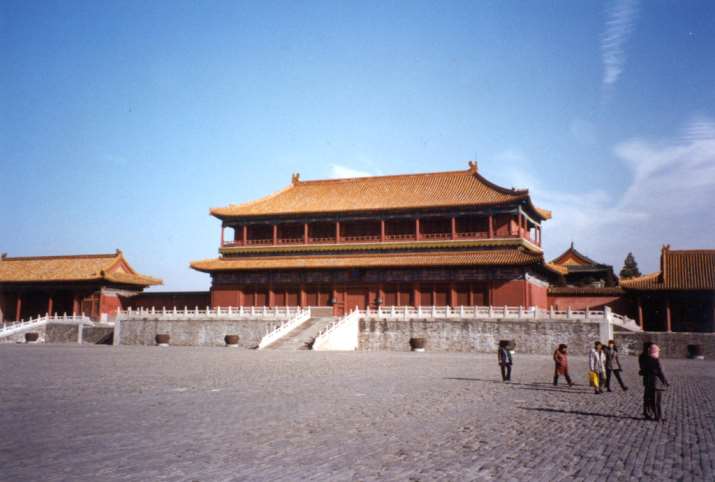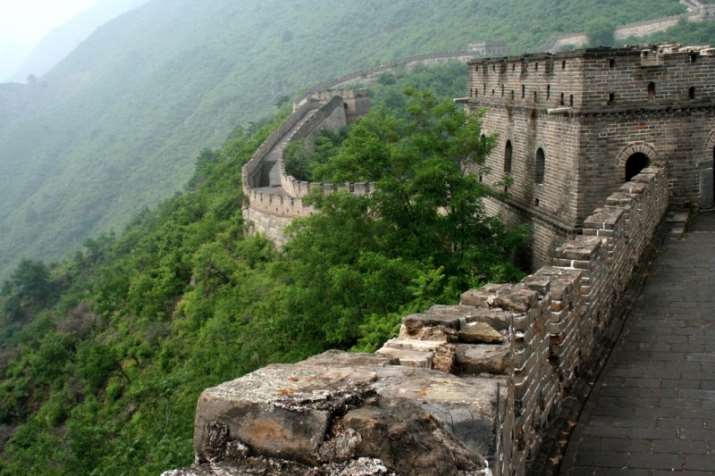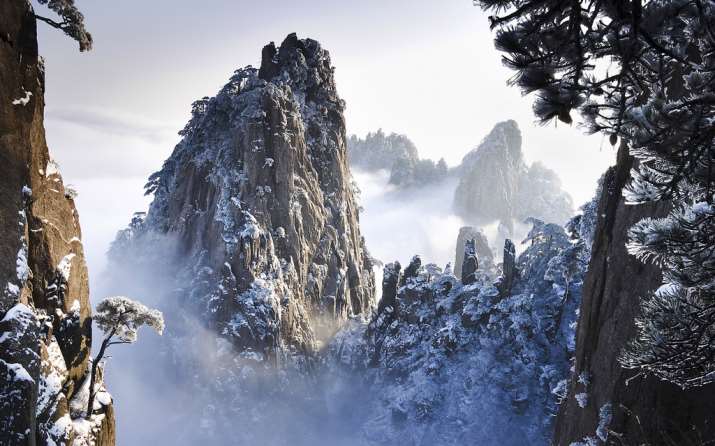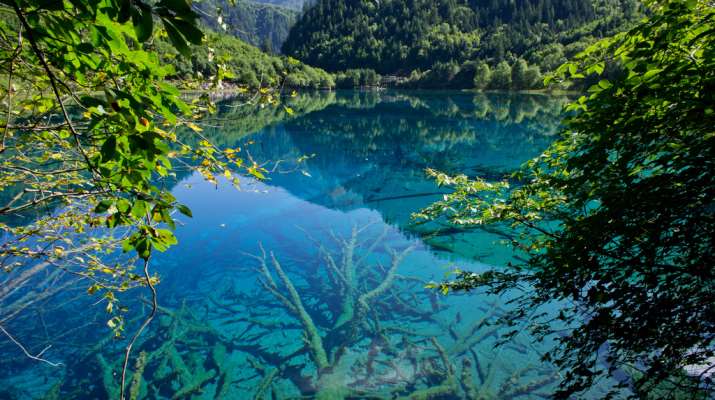Top 5 UNESCO World Heritage Sites in China
Of all the countries with the most heritage sites enlisted in UNESCO, China ranks third, with 43 on the list. These are sites that are given high cultural value not only in China but in the rest of the world as well. Out of the 43, here are the Top Five Chinese UNESCO World Heritage Sites to look out for if you’re planning on visiting the country any time soon.
The Forbidden City

Enlisted as a UNESCO World Heritage Site in 1987, this landmark is dubbed as the largest collection of perfectly preserved ancient wood work not only in China but in the world as well. It was constructed in 1406 and was finished in matter of 14 years, and has been around for 600 years. This is where 24 emperors ranging from the Ming to the Qing dynasties have lived as they ruled China.
The entire complex stretches out to 961 meters north to south and 753 meters east to west. There are various buildings within the compound, all of which are built with wood.
Mausoleum of the First Qin Emperor

Ever heard of funerary art? Well, that’s what the Terra Cotta Warriors and Horses is. It’s a vast collection of terracotta sculptures that were buried along with Qinshihuang, the emperor. The statues were said to have been buried to protect the emperor in the afterlife.
There have already been 8,000 soldiers as well as 130 chariots found in three pits. There were also 520 horses in the collection. The rest remain buried in their respective pits. This amazing piece of funerary art was inscripted a UNESCO World Heritage Site in 1987.
The Great Wall of China

Who hasn’t heard of The Great Wall of China? This long series of fortifications that stretch all the way across the northern borders of China were created to protect the Empire from the threat of many nomads that were situated outside its borders. They were built as early as the 7th century B.C. and eventually connected sometimes between 220-206 BC under the command of Qin Shi Huang, the first emperor of China.
It is currently recognized as the longest man-made structure ever built, twisting and winding down mountain paths – a strong testimony of China’s civil engineering abilities. It was enlisted as a UNESCO World Heritage Site in 1987.
Mt. Huangshan

South of the Anhui province, Mount Huangshan is known for its unique scenery – the best that could be afforded by any mountain in the world. It is specifically known for the unique scenery during sunsets, when you can witness in full the granite peaks and pine trees. Perhaps this is why they say that you don’t need to see any other mountain after you’ve been to Mt. Huangshan.
As a marvelous mountain site, it became a UNESCO World Heritage site in 1990.
Jiuzhaigou Valley

North of the Sichuan Province, this valley is one of the most beautiful national parks in China, thanks to its many waterfalls, colorful lakes, and peaks capped with snow.
It got enlisted as a UNESCO World Heritage in 1992.